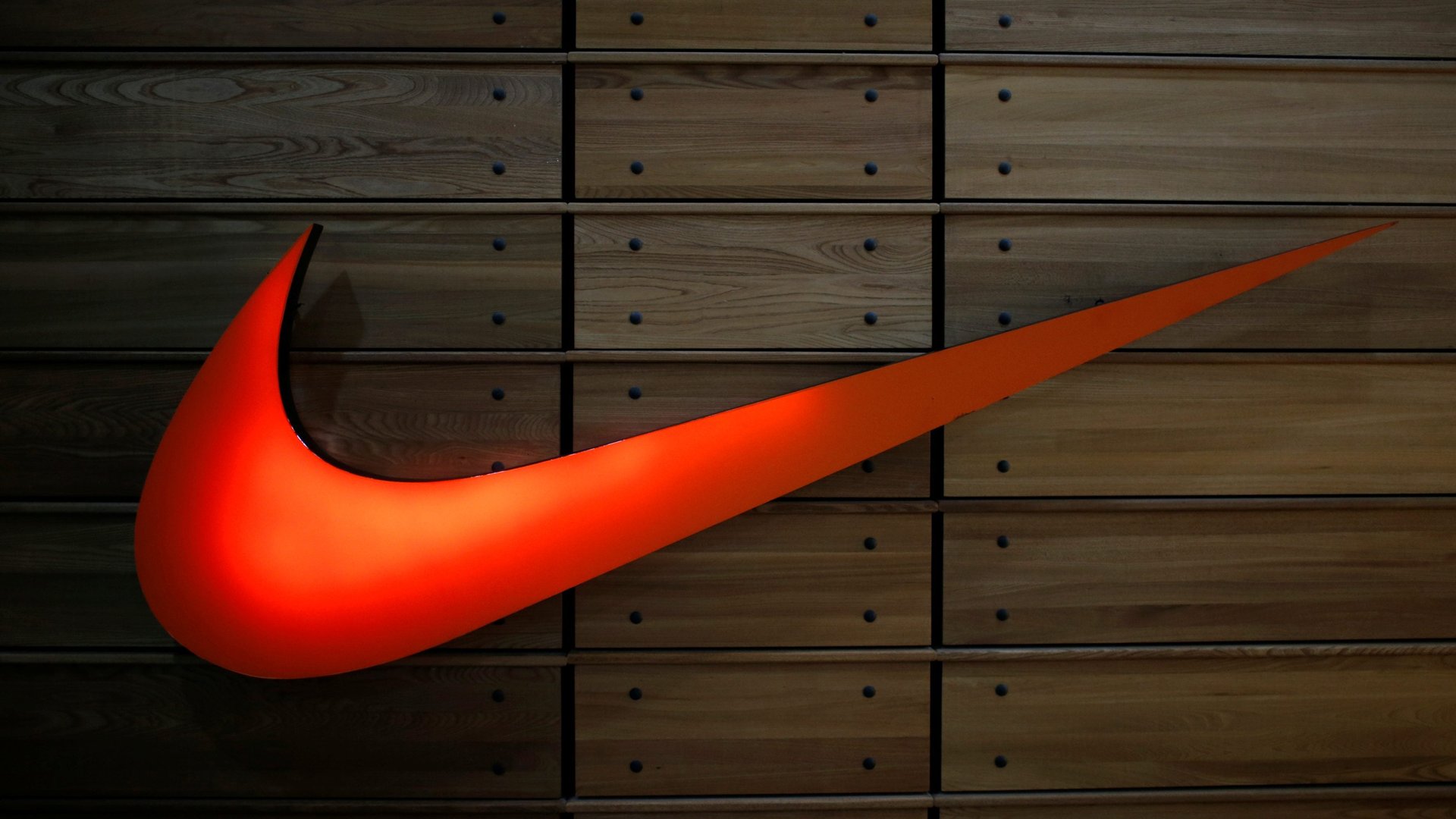Nike is cutting 2% of its global workforce and reorganizing its manufacturing
Nike, the world’s largest sporting-goods brand, is making some sweeping changes to the way it produces and sells sneakers in order to keep up with today’s demanding consumers.


Nike, the world’s largest sporting-goods brand, is making some sweeping changes to the way it produces and sells sneakers in order to keep up with today’s demanding consumers.
The company has already been working for some time to shorten lead times on its products and increase the number of sales made directly to consumers, rather than through retail partners. It announced a new plan today (June 15) that looks to accelerate those efforts. The organizational changes, however, will also mean cutting 2% of its global workforce, Nike says, or about 1,400 of the approximately 70,700 people it employs around the world.
As part of the new strategy Nike wants to “double innovation” by increasing the number of new sneaker technologies it releases, pointing to recent examples like the VaporMax, which has a sole made entirely of tough, bouncy airbags. Separately, it will also reduce the number of styles it currently has in the market by 25%, instead focusing on a deeper selection from franchises and categories with the greatest growth potential.
At the same time, the company intends to cut by half time it takes to create new products. Nike is already using technologies that allow for rapid prototyping of new designs, as well as automation to make sneakers more quickly and efficiently. To get those new products to consumers as quickly as possible is the core of Nike’s “Express Lane” initiative, which it says is already operating in North America and Western Europe, but will now also be rolled out to China, where it will serve the high-growth markets of Shanghai, Seoul, and Tokyo.
Nike’s plan, in fact, is to focus global efforts on those cities and nine others, including New York, London, Beijing, Los Angeles, Paris, Berlin, Mexico City, Barcelona, and Milan. It selected those locations, it explained, because they are expected to account for more than 80% of its projected growth through 2020.
Not least of all, is Nike is looking to increase its share of sales made directly to shoppers with a new Nike Direct division, which will work to integrate the brand’s physical stores and digital operations. The team will be headed by Heidi O’Neill, who has worked on projects such as the experiential store the company opened in late 2016 in New York. The store includes features such as an indoor basketball court and allows customers to link certain activities in-store to their online Nike accounts. (The company says it will also extend any Nike Direct innovations to its wholesale partners, who still make up a significant share of the company’s sales.)
Nike says the coming leadership and organizational changes will streamline its operations, resulting in a cut of about 2% of its workforce. It’s not yet clear what sorts of positions would be cut and how the cuts further Nike’s goal of shortening lead times and increasing direct connection with consumers. The company did not offer any additional information when contacted for comment. Nike’s sales have been slowing somewhat as it faces increasing competition from rival Adidas, so a cost-cutting measure could also help its balance sheet.
Ultimately Nike said the changes were meant “to not just meet but exceed” the demands of today’s fast-moving consumers. The sportswear race keeps speeding up, and Nike doesn’t want to fall behind.